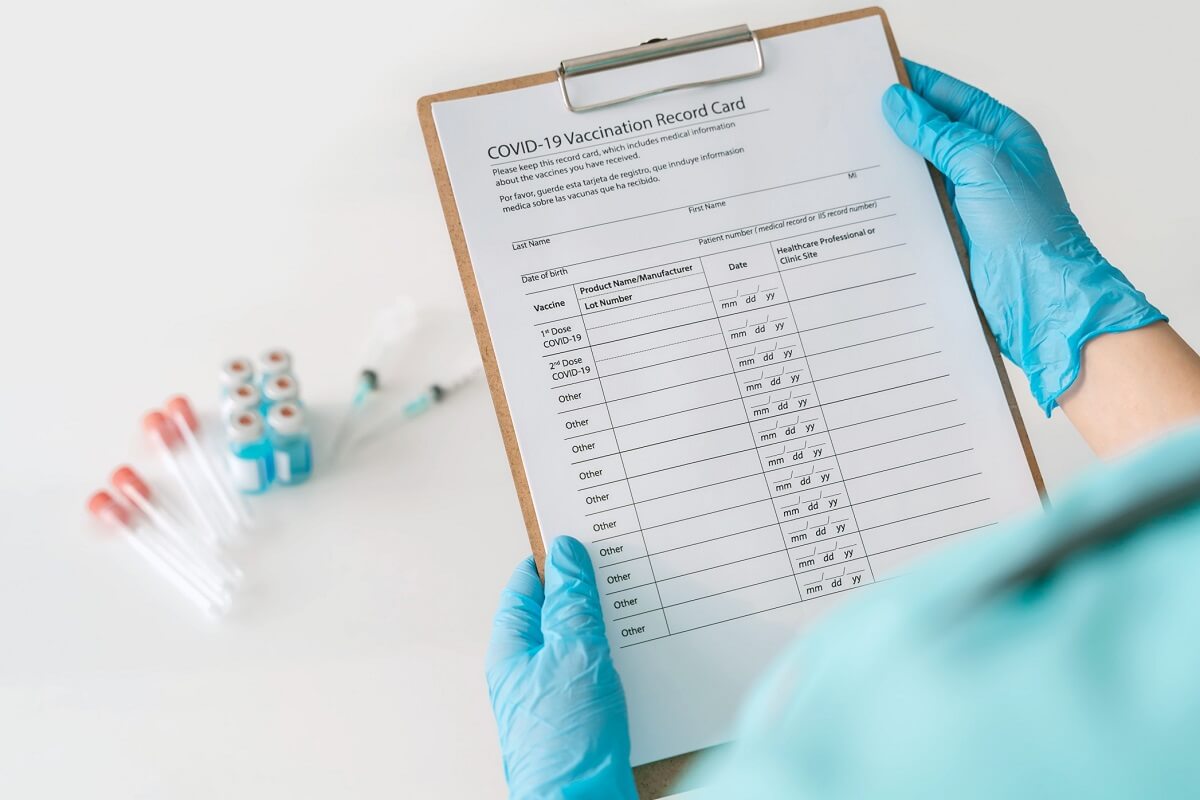Insurance companies can assume hundreds of billions of dollars annually thanks to insurance transactions. Their overall profitability depends much on the unwriting process, which helps them minimize the financial risks when insuring diverse groups. Whether term life policy or permanent life policy, those interested in life insurance should understand the Life Insurance Underwriting Process.
What Exactly Is Underwriting?
Insurance underwriting is the process of collecting information about applicants, determining how risky they can be before deciding to approve a policy application. It is the insurers’ task to know who their insured are and what the premium rate is.
Underwriting is also referred to as a financial professional. Insurance companies can hire underwriters to evaluate the potential risks of providing insurance coverage for a particular person. Based on that evaluation, the insurers can establish an insurance policy’s premium payment. Typically, lower-risk people need to pay less premium to get the same protection for (perceived) high-risk individuals.
As mentioned previously, life insurance underwriting process serves multiple purposes and plays an essential role in the insurer’s success. Financial underwriting, including your net worth, expense, or debt payment needs, helps insurance companies issue an insurance policy best suited for you. Besides, insurers can estimate the risk of insuring you by going into factors impacting your mortality, such as your lifestyle, family’s medical history, unhealthy habits, etc.

What Are Common Types Of Underwriting?
Despite setting different underwriting guidelines and criteria, most insurance companies target the risk assessment when providing the applicant with an insurance policy. Typically, there are two common types of life insurance underwriting process , including simplified issue underwriting and fully medical underwriting.
Simplified Issue Underwriting
For this simplest form of underwriting, the insurer may not require applicants to take an insurance medical exam or provide medical records. They only must answer limited questions (often 15) related to their health and lifestyle. Insurance companies can use third-party sources such as driving records or drug prescription history to gather additional applicants’ data. You may have to phone interview so that insurers can collect further information to accept or reject your applications quickly.
Simplified issue underwriting is much simpler and faster than the complete medical underwriting method. However, premiums per insurance unit are often higher for SI than full medical underwriting. Besides, simplified issue underwriting. Simplified issue underwriting adopts a shorter application process where declines can almost result from affirmative responses.
Full Medical Underwriting
For a fully underwritten process, the insurance companies are aware of the potential risks you pose. Therefore, you are required to take a complete paramedic exam. If you have health conditions like overweight and diabetes, you need to provide medical records or take a physician statement (APS). However, if you are healthy, the complete medical underwriting method can help you get the lowest possible rate. The insurance company will announce its decision for your application within 2 and 6 weeks.
| Simplified Issue Underwriting | Full Medical Underwriting |
| MIB (Medical Information Bureau) | MIB (Medical Information Bureau) |
| MVR (Motor Vehicle Report) | MVR (Motor Vehicle Report) |
| RX (Prescription Meds) | RX (Prescription Meds) |
| Public Records* | Public Records* |
| Property Records* | Property Records* |
| Court Records* | Court Records* |
| EKG or Stress Test* | |
| Medical Exam | |
| Blood Test | |
| Urine Test |
*Possibly checked by the insurance carrier

How Does Life Insurance Underwriting Process Work?
Because each insurance company may have its guidelines for the underwriting process in terms of what tests and tools are used and how your premium payment is determined. Below are general underwriting steps that the underwriter implements, though they may vary across companies.
Step 1: Application Quality Check
The underwriter will go through your application to make sure that what you have provided is utterly accurate. Thus, you need to fill in your proposal form thoroughly and carefully. Any missing information about your medical history might lead to the underwriting process slowdown. If you fail to provide sufficient information, you may be required for a phone interview. You have to give a more in-depth account of your hobbies, lifestyles, or coverage needs. Then you can move to the official underwriting process.
Step 2: Medical Examination
At this step, you may have to have a simple medical checkup for health proof. The underwriter will then inspect your exam results. There are three main categories to investigate, including necessary measurements of your height, weight, blood pressure, and blood & drug tests. You can reuse your paramedical exam results to apply for other insurance, such as disability insurance or even life insurance policies from another carrier.
Step 3: Final Application Rating
If you do not apply for a no-exam policy, you need to wait for about 4 to 6 weeks, depending on each insurer and external factors like a doctor’s APS. However, after the official process, you need to wait for the insurer to confirm your premium payment and sign the policy to bring it into effect. Complex as the underwriting process may seem, it is impossible to complete by giving insurers enough initial information.
Which Type of Underwriting is Best?
You have known how simplified issue underwriting differs from full medical underwriting; which one is better is still argued. It depends on who the applicant for a policy is. In other words, depending on your health, you can select a suitable life insurance policy with one of the two common types of underwriting above.
For example, a complete medical underwriting will take up much of your time. However, if you are in good health, a life insurance policy adopting this method often gives you the best premium rate and more coverage options.
Conversely, certain health conditions can result in your application’s decline. The simplified issue underwriting facilitates your policy application. But simplified issue life insurance may charge you higher than a fully underwritten policy.
The Last Thought
Complicated as Life Insurance Underwriting Process appears to most, you should well-perceive it before making any insurance purchase. When you decide to apply for a policy alone, you should familiarize yourself with the diverse and ever-changing life insurance underwriting. Additionally, you can refer to specialists or advisors for recommendations before committing to a policy. If you need help with the underwriting process or get life insurance quotes, contact us via here or Insurance Direct Canada.
Frequently Asked Questions
What are some common things in the underwriting process?
The older you are and the more coverage you are purchasing, the longer and more complicated your underwriting process will be. When underwriting insurance applications, you may need these requirements:
– A present physician statement that gives the insurer an overview of your medical history from a certified doctor.
– A paramedical exam where you will be checked height, weight, pulse, and blood pressure.
– A blood test/ profile and a urinalysis to provide insights into your current health conditions.
– A telephone interview will be conducted to gather details about your lifestyle and medical records.
– A mature focus interview (MAFI) happens when you are 71 years of age and above as your health issues increase significantly. This interview examines your daily routines, your cognitive and mobility skills.
An underwriter might also require additional documents such as a motor vehicle report and a financial inspection report.
How do I get lower premiums?
Since it all depends on your current medical records and potential risks in the future, you must maintain a healthy lifestyle. This includes but is not limited to eating nutritious foods, exercising regularly, controlling your weight, avoiding smoking, drinking alcohol moderately, and driving safely.
These save you a lot of insurance money and increase your life expectancy overall.
How long will the underwriting process take?
After fully submitting all the necessary documents for a standard case, you will receive the result in less than two weeks.*
Should any additional information be required, your insurance provider will notify you within 30 days* from the date of your application submission. These documents can be a supplementary physical exam, past medical records, an additional (health) questionnaire, to name but a few.
However, if you do not submit these documents in the specified amount of time, the insurer has the right to cancel your application and return all the premiums (if any) to you. This is like when the company declines or postpones your application.
Once the insurer accepts your case, they will issue a “free look” form for your desired policy. You need to review if all the details in the form are correct, sign it, and return it to them in around 15 days.*
The bottom line is it can take up to 2 months*. But if you meet their requests and submit everything as soon as possible without delay, we believe it can be straightforward.
*This is approximate and can change.














Comments 4